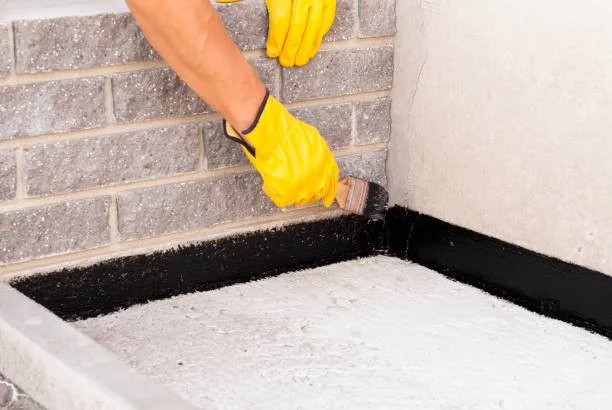What It Means to Waterproof Your Property
RH Business Marketing Solutions
Moisture inside homes and commercial structures can cause devastating damage. The industry provides an array of techniques through which property owners can prevent water intrusion. Water intrusion or penetration is the unwanted movement of water or water vapor through a building. The core goals of waterproofing are to avoid internal moisture sources and to prevent intrusion through encapsulation and other means.
What Is Waterproofing?
Waterproofing is a trade science that focuses on protecting structures from moisture. The purpose of waterproofing is to keep water out and channel it appropriately. Rainwater is a top concern, but there are many other moisture sources, including humidity, groundwater, and plumbing. Waterproofing is not a singular solution. It involves many techniques and products, and achieving the right waterproofing for a building consists of selecting the various methods that meet its unique needs. A house has different needs than a large commercial building. There are also local factors, such as climate and landscape characteristics.
What Does It Mean to Waterproof Your Property?
Waterproofing a property as opposed to a basement, for instance, refers to a comprehensive and complex process. What it entails will depend on the specific needs of that property. The service begins with an evaluation phase through which the inspector determines all the areas of need. From there, the inspector will provide guidance, and the property owner will explore the various solutions and decide how to proceed. A property owner can waterproof every aspect of a property that needs it all at once. However, that may not be practical from a budgetary standpoint. In that case, the waterproofing company will itemize the areas of need based on risk and potential repair and remediation costs. The customer then has a plan through which they can eventually waterproof their property fully.
Types of Waterproofing
Waterproofing often entails using a sealant. This can include applying a liquid membrane to the foundation and surfaces like driveways and walkways. It involves painting siding, applying caulk between siding and corner boards, and applying stain to decks and fences. There is cement-based waterproofing. Waterproofing specialists will often use these products inside in areas like bathrooms, kitchens, and basements. Polyurethane liquid membranes are an option for sealing flat roofs where asphalt and other shingles are not viable. There are also sheet membranes. A common use of these rolls is in the encapsulation of crawl spaces. Drainage is another approach to waterproofing. This can include gutter systems, foundation drainage, and landscape and hardscape drainage.
Areas to Apply Waterproofing Measures
The key area of focus is the building envelope. In terms of a home, the building envelope refers to the roofing, gutters, siding, windows, doors, insulation, and foundation. If the building envelope is tight and waterproofed, a home should not have moisture problems unless there is a leak or other plumbing issue. Sealing a basement or encapsulating a crawl space is often an integral aspect of protecting the foundation. Homeowners may also need to adjust the landscape and hardscape. This can include grading the yard, installing foundation drainage, and putting in other drainage, including French drains, catch basins, and culverts.
The Importance of Waterproofing Your Property
There are many benefits to waterproofing your property, and chief among them is reduced maintenance and repair costs. Effective and targeted waterproofing will usually save a property owner money over time. It increases property value and may reduce your insurance premiums because of the lower risk of water damage. Waterproofing helps to avoid mold and pests and protects possessions stored on the property. The tighter building envelope will improve comfort, lower heating and cooling costs, and enhance indoor air quality.
Signs a Home May Need Waterproofing
Water ponding in a yard, on hard surfaces, and around a foundation is often a clear sign waterproofing is necessary. Watch for gutters that may have clogs or damage or that are not channeling water appropriately away from the structure. Monitor roofs for water damage, organic growth, sagging rooflines, and shingle damage. Crawl space often requires encapsulation. Basements often require sealing and may need a sump pump. Water damage in the home is a sign as well. Another indication is persistent odors, including mildew smells.
Final Thoughts
The ideal time to waterproof a home initially is during construction, but homeowners can fully waterproof a home after the fact as well. It is also important to note that waterproofing a home is an ongoing process. Sealants will wear down over the years and need replacing. Properties also require routine maintenance, such as landscape upkeep and gutter cleaning.
Written by Taylor McKnight, Author for Tru Integrity LLC
